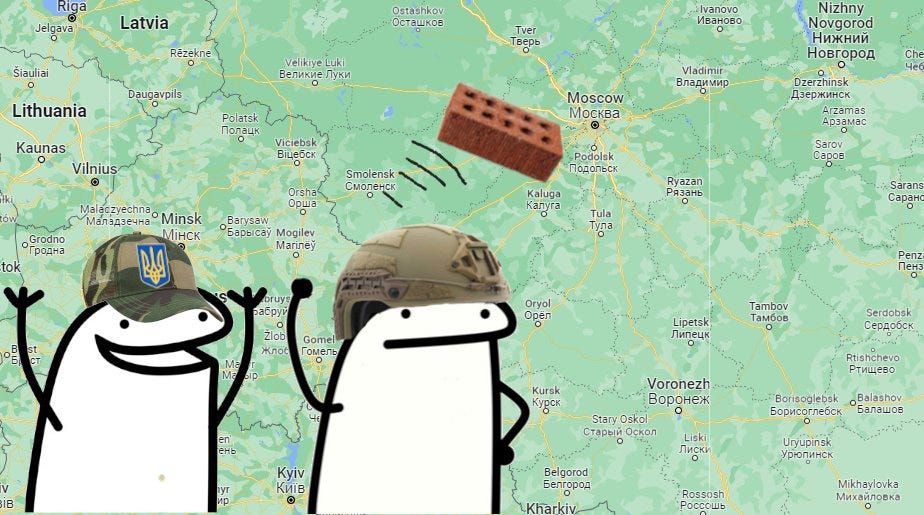Everything We Know About The Ukraine Counteroffensive That Is Underway Right Now
A Lanchester's square collapse update
Nothing. We know nothing about the Ukrainian counteroffensive right now.
Nada.
I do not know anything about it and neither do you, dear reader, because we are not privy to the minds of the General Staff in Kyiv. Despite some open source data on Russian dispositions, we have only the slightest inkling of their plans.
A few notes follow on what I expect to…
Keep reading with a 7-day free trial
Subscribe to Polemology Positions to keep reading this post and get 7 days of free access to the full post archives.




